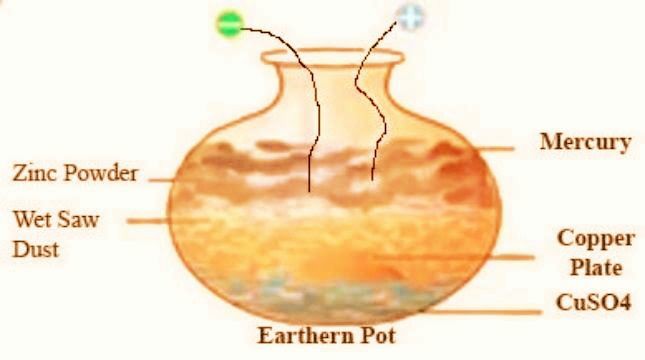
The European Space Agency's (ESA) exoplanet-hunting Cheops satellite has found a third planet in a star system previously believed to have only two planets. The third planet, discovered in a unique photobomb, appears to contain large amounts of water clouds. 

Astronomers came across the third planet as it moved across the star revealing details of a rare planet “with no known equivalent.” This is the first time that an exoplanet with an orbit of over 100 days has been spotted transiting a star that is bright enough to be visible to
the naked eye.
The star system dubbed Nu2 Lupi is located just under 50 light-years away from Earth in the constellation of Lupus (the Wolf) and previous observations had shown two planets orbiting it.
The star system dubbed Nu2 Lupi is located just under 50 light-years away from Earth in the constellation of Lupus (the Wolf) and previous observations had shown two planets orbiting it.
The star was named A and the two planets were denoted as planet b and planet c. The newest addition is named Planet d.
#Earth #newplanet #universe @Amanbhandari404 @vedicgyaanindia
#Earth #newplanet #universe @Amanbhandari404 @vedicgyaanindia
• • •
Missing some Tweet in this thread? You can try to
force a refresh









